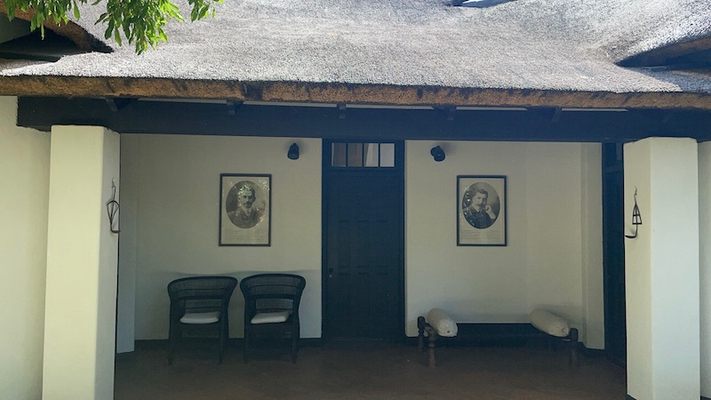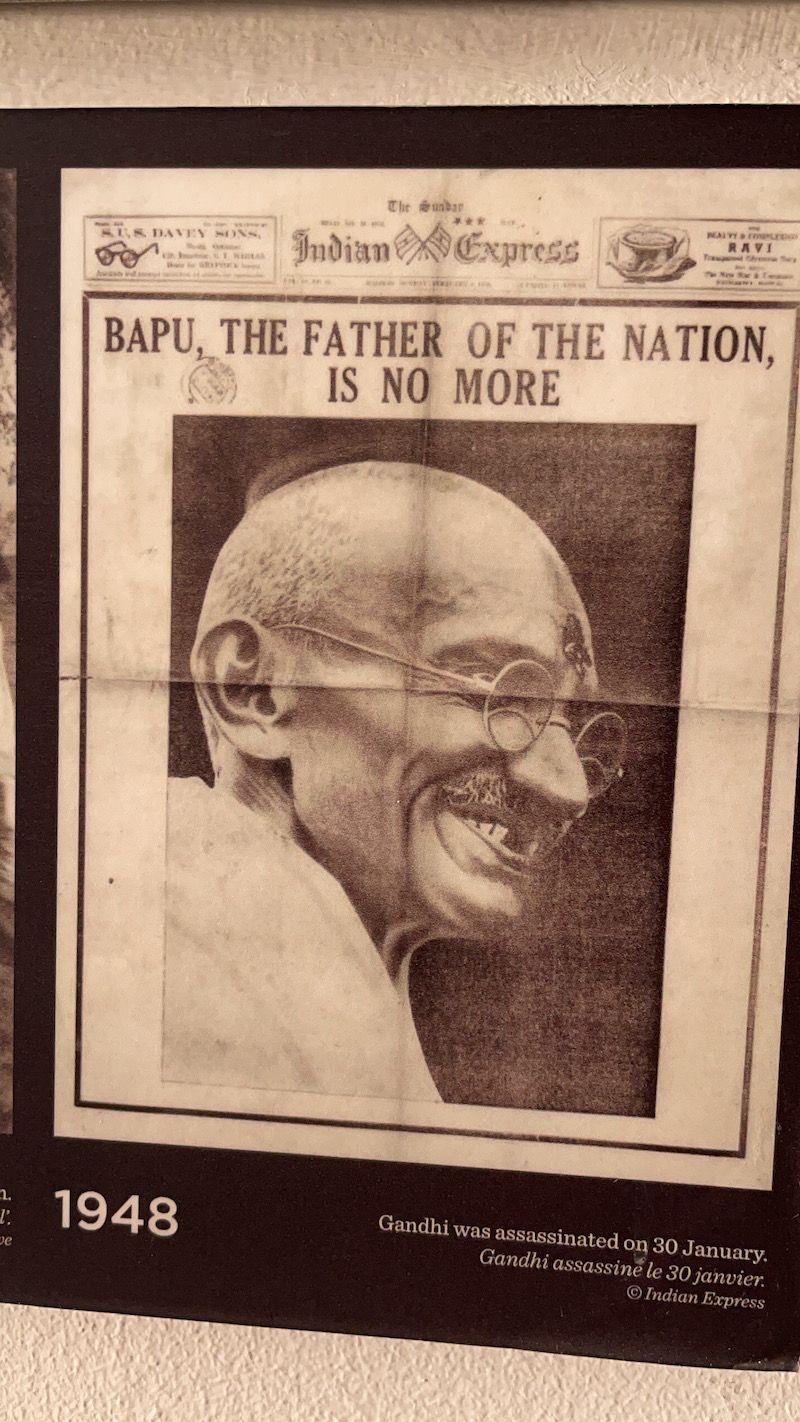About
While he's most famously known as the leader of India's independence movement, Mohandas Gandhi (later to be known as Mahatma, or "great soul") actually began his career in political activism far away in South Africa, where he lived for over two decades.
As a 23-year-old, Gandhi moved to Durban, South Africa in 1893 to work as a lawyer. Once in Durban, Gandhi quickly experienced systematic discrimination, being regularly ejected from stagecoaches, trains, and an assortment of public places because of his skin color and ethnicity. Devising a method to overcome these persecutions led the future "father of India" to develop his now renowned philosophy of nonviolent protest, known as Satyagraha, which means "holding on to truth" or "devotion to truth" in Sanskrit.
In 1904, Gandhi met a German-Jewish architect by the name of Hermann Kallenbach and three years later, Kallenbach designed a home for the two, which would eventually take on the Satyagraha moniker after first being dubbed "The Kraal." True to his devotion to non-materialism, Gandhi lived in a simple room in the attic of the home, which he occupied from 1908 to 1909.
Gandhi returned to India in 1914 at the age of 46, leaving behind the Satyagraha House, which subsequently changed hands a number of times. The property was purchased in 2009 by a French travel company, which renovated the home and opened it to the public in 2011. It has since been transformed into a seven-bed guest house and museum dedicated to the famed civil rights leader.
Related Tags
Know Before You Go
The Satyagraha House is open year-round for visitors looking to get extra close to Gandhi's legacy. Rates vary widely, from approximately $220 for a comfort room to upwards of $700 a night for a family cottage. You can check room availability online.
Community Contributors
Added By
Published
November 26, 2018


























































